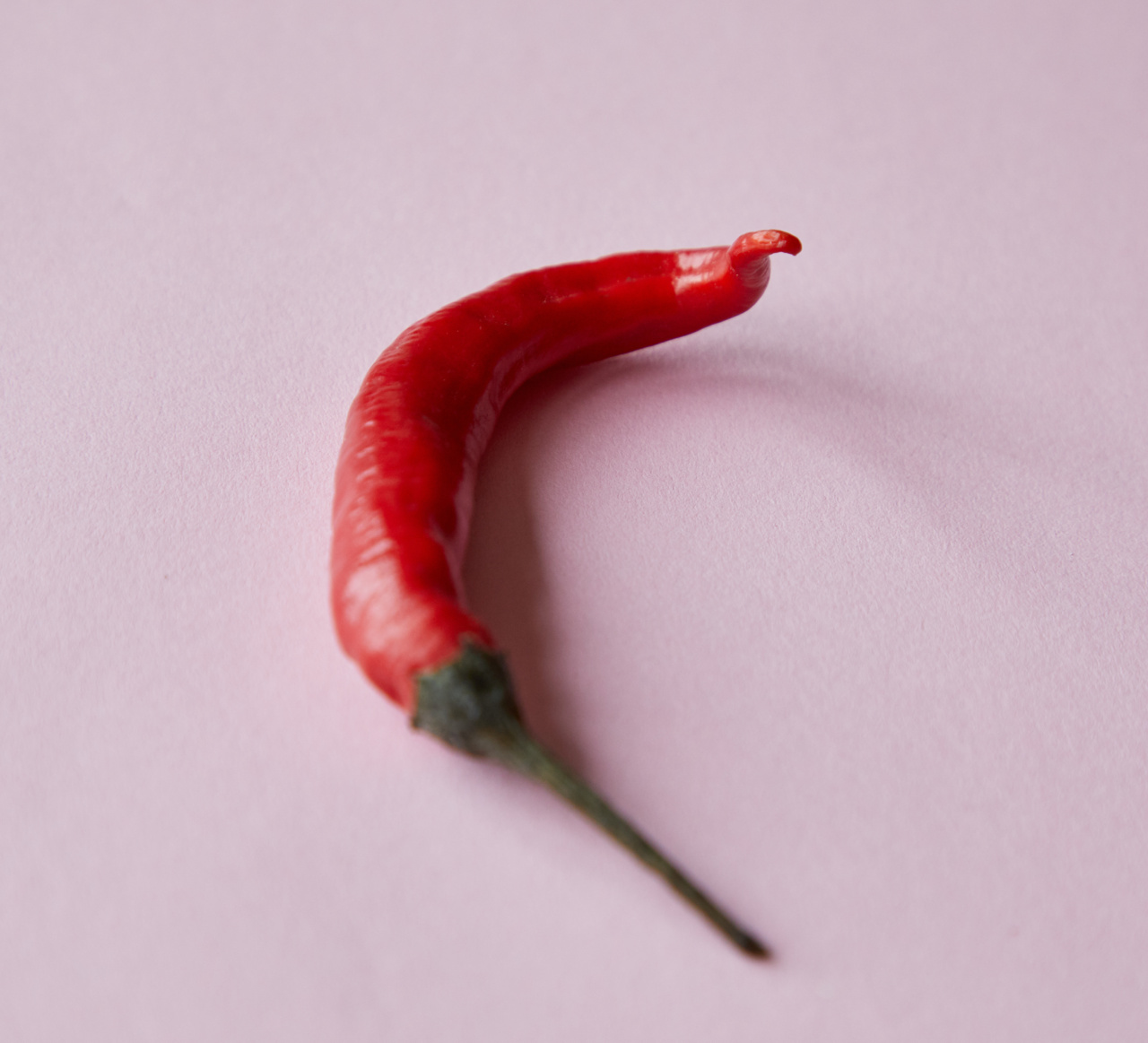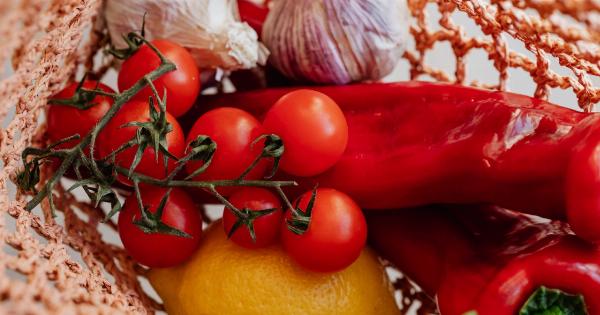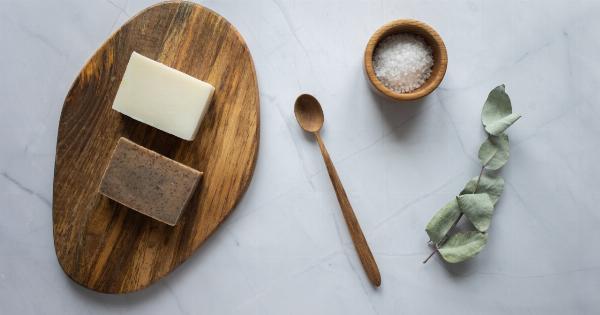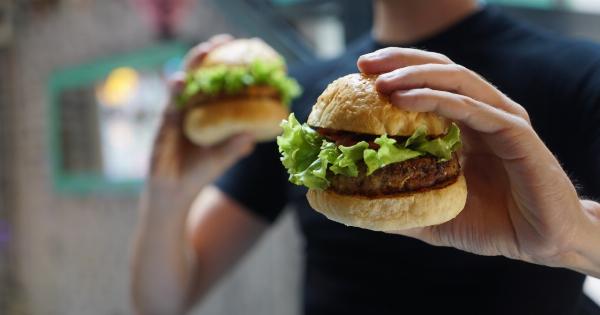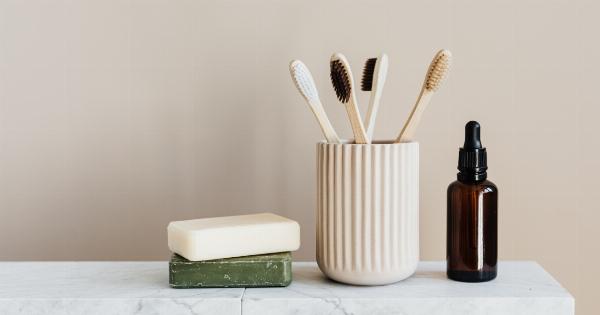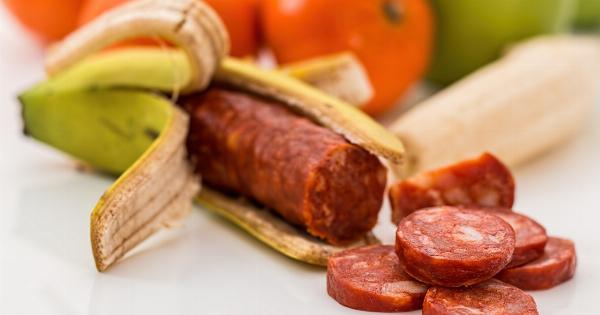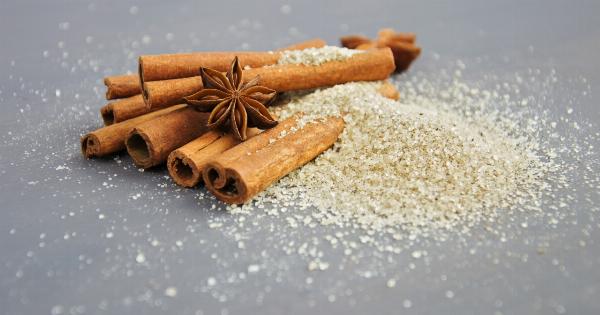Cellulite is a common skin condition that affects many individuals, especially women. It is characterized by dimpled or lumpy skin, often referred to as the “orange peel” or “cottage cheese” appearance.
While there are various factors that contribute to the formation of cellulite, diet plays a significant role in its development. Certain foods can worsen the appearance of cellulite, making it imperative to be mindful of your dietary choices. In this article, we will explore 12 culprits of cellulite formation in your diet.
1. Excessive Sugar Intake
Consuming excessive amounts of sugar can contribute to cellulite formation. Sugary foods and beverages spike insulin levels in the body, leading to increased fat storage and collagen breakdown. This, in turn, can worsen the appearance of cellulite.
To minimize cellulite, it is crucial to limit your consumption of sugary treats like candies, sodas, and processed desserts.
2. Processed Foods
Processed foods are notorious for their negative impact on health, including cellulite formation. These foods often contain high levels of trans fats, refined carbohydrates, and artificial additives.
Trans fats promote inflammation and damage collagen, while refined carbs can cause insulin spikes. Opt for whole, unprocessed foods like fruits, vegetables, lean proteins, and whole grains to combat cellulite.
3. High-Sodium Foods
Excessive sodium intake can lead to fluid retention in the body, exacerbating the appearance of cellulite. Sodium causes water retention, making cellulite more visible.
Avoid consuming highly processed and packaged foods, such as canned soups, frozen meals, and processed meats, as they tend to be high in sodium. Instead, opt for fresh, homemade meals with minimal salt.
4. Alcohol
Alcohol consumption can contribute to cellulite formation due to its negative impact on collagen production and blood circulation. Alcohol dehydrates the body, making the skin appear less supple and accentuating the appearance of cellulite.
Additionally, excessive alcohol consumption can lead to weight gain, which further exacerbates cellulite. Limit your alcohol intake and opt for healthier alternatives like herbal tea or infused water.
5. High-Fat Foods
High-fat foods, especially those rich in saturated and trans fats, can contribute to cellulite formation. These fats lead to weight gain, inflammation, and reduced collagen production, all of which can worsen the appearance of cellulite.
It is advisable to avoid or limit the consumption of fried foods, fatty cuts of meat, full-fat dairy products, and processed snacks.
6. Artificial Sweeteners
While artificial sweeteners are marketed as low-calorie alternatives to sugar, they can have negative effects on cellulite formation.
These sweeteners, such as aspartame and sucralose, have been linked to increased fat storage and disrupted appetite regulation. Opt for natural sweeteners like stevia or alternatives like honey or maple syrup in moderation.
7. Caffeine
Excessive intake of caffeine can contribute to cellulite formation due to its effect on blood flow and dehydration. Caffeine constricts blood vessels, reducing circulation and potentially worsening cellulite.
Moreover, it can dehydrate the body, making the skin appear less plump and accentuating the dimpled appearance. Moderation is key, so limit your caffeine intake from sources like coffee, tea, and energy drinks.
8. Lack of Fiber
A diet low in fiber can contribute to cellulite formation as it affects digestion, nutrient absorption, and toxin elimination. Poor digestion and constipation can contribute to the accumulation of toxins and waste products, worsening cellulite.
Ensure your diet includes an adequate amount of fruits, vegetables, whole grains, and legumes to promote proper digestion and enhance toxin elimination.
9. Insufficient Water Intake
Inadequate water intake can contribute to cellulite formation as it affects hydration and toxin elimination. Water helps flush out toxins, reduces fluid retention, and promotes healthier skin.
Dehydration can make cellulite more visible and skin less elastic. Aim to drink at least 8 glasses of water per day and increase your intake if you are physically active or in hot weather.
10. High Glycemic Index Foods
Foods with a high glycemic index (GI) can contribute to cellulite formation. Such foods cause rapid spikes in blood sugar levels, leading to increased insulin production and fat storage.
Processed snacks, white bread, pasta, and sugary treats are examples of high-GI foods to minimize in your diet. Choose low-GI options like whole grains, legumes, and vegetables instead.
11. Dairy Products
Dairy products can contribute to cellulite formation due to their high saturated fat content. Saturated fats promote inflammation and reduce collagen production, worsening the appearance of cellulite.
Consider opting for low-fat or non-dairy alternatives such as almond milk, soy milk, or Greek yogurt instead.
12. Lack of Antioxidant-Rich Foods
Antioxidant-rich foods play a crucial role in maintaining skin health and reducing the appearance of cellulite. The antioxidants in these foods help combat oxidative stress and inflammation, both of which contribute to cellulite formation.
Incorporate foods like berries, leafy greens, citrus fruits, and nuts into your diet to reap the benefits of antioxidants.
